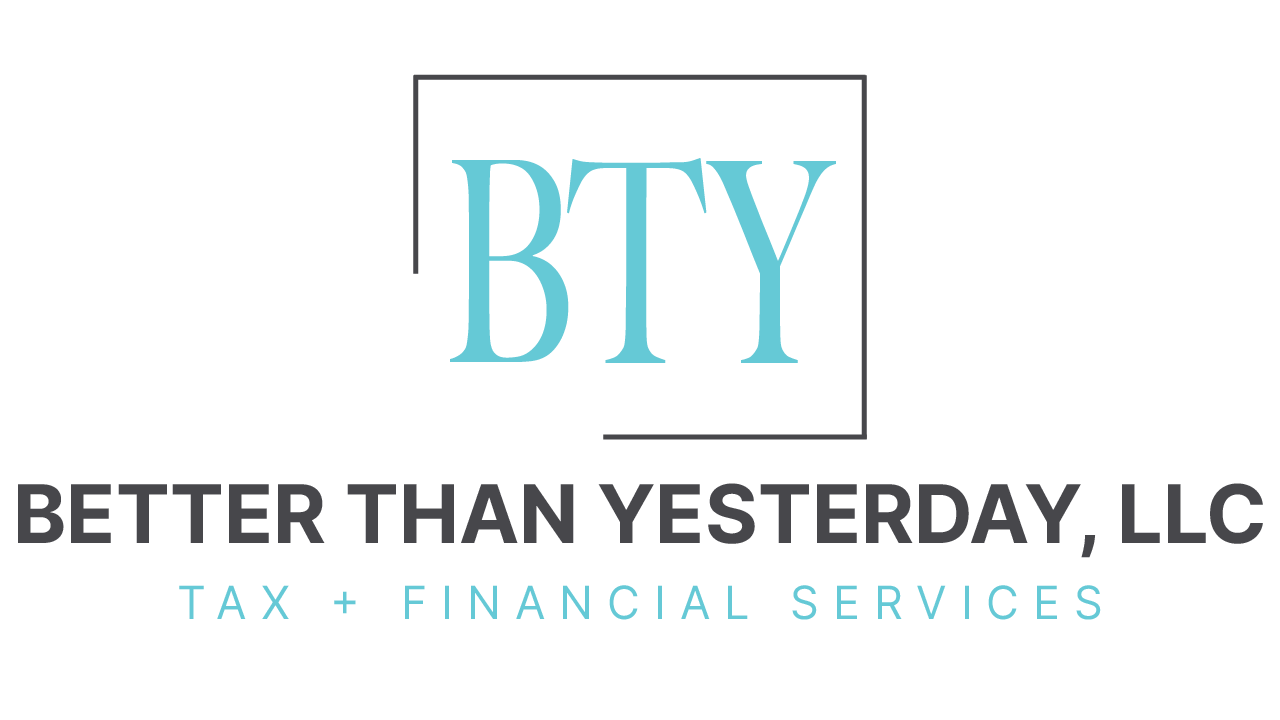Taxes and tax reform are some of the hardest conversations to have. Finding a tax system that pleases everyone is basically impossible.
In theory, it seems simple to find a tax system that works for everyone, but in reality, the actual consequences of each type of tax have different impacts on each class of taxpayers. This explains why the U.S. and its states have a mixture of all three tax types.
So, let’s go over the different tax types and who pays the most with each tax. Download this free guide to follow along!
REGRESSIVE TAXES
Regressive tax means the same tax bill is paid regardless of what income level you are at. Which naturally causes more burden on low-income earners compared to a high-income earner.
Examples of regressive tax are taxes on consumer goods, sales, gas, and Social Security payroll.
Also, sin taxes are a specific type of regressive tax. Sin taxes are included on purchases of cigarettes, alcohol, gambling, and even sugary drinks. The idea is to deter people from engaging in these harmful activities.
It should be noted that sin taxes are more burdensome on low-income earners, but not because of the basic regressive tax example shown below. Low-income earners are hit the most with sin taxes because they spend more money on these harmful activities than middle to high-income earners do.
Now it’s time to jump into an example. The basic idea of how a regressive tax burdens low-income earners goes like this…
A low-income earner and a high-income earner each bought a vehicle and each spent $20,000. The sales tax rate is 10%, therefore each paid $2,000 in tax. That percentage of income paid in taxes is more of a burden to the low-income earner since the $2,000 tax bill is a greater chunk of their annual income.

PROGRESSIVE
The U.S. federal income tax is a progressive system. Which means the tax rate increases as the taxable income progresses from low to high. This causes the tax burden to increase with income.
The progressive tax system tends to collect more taxes than regressive or proportional taxes. Which ideally cancels out the low-income burden of regressive tax by increasing the tax burden on high-income earners.
For example, the progressive tax brackets cause the following tax bills: the low-income earner pays $1,000 in tax, the middle-income earner pays $10,000 in tax, and the high-income earner pays $30,000 in tax. The tax rate increases with income to reduce the burden on those who can least afford to pay.

PROPORTIONAL TAXES
A proportional tax is a fixed tax rate, otherwise referred to as a flat tax rate. This rate does not change as the income increases or decreases. Some state income tax rates are proportional taxes.
A proportional tax is a type of regressive tax since the rate does not change. While the percentage of tax is the same, which seems fair, the after-tax impact still causes more burden on low-income earners than high-income earners.
Of course, the high-income earner will still be paying more in taxes than the low-income earner, but the actual percentage of each taxpayers’ income paid in taxes is the same.
For example, the low-income earner will pay $2,000 in taxes, the middle-income earner will pay $10,000 in taxes, and the high-income earner will pay $20,000 in taxes.

The impacts of these tax systems are much more complicated than they may seem. There are several other credits, deductions, exemptions, etc. that also play a role in where the tax burden falls.
With that being said, the wealthiest taxpayers are paying most of the taxes collected. The IRS separates taxpayers into two groups: the top 50% and the bottom 50%. According to the 2019 Individual Income Tax Returns Complete Report, the top 50% of earners paid more than 96% of the income taxes collected. While the bottom 50% of earners contributed just 3.06% of taxes collected that year.
Follow along to learn more about taxes!
All videos are made with Animaker, sign up for free today!






